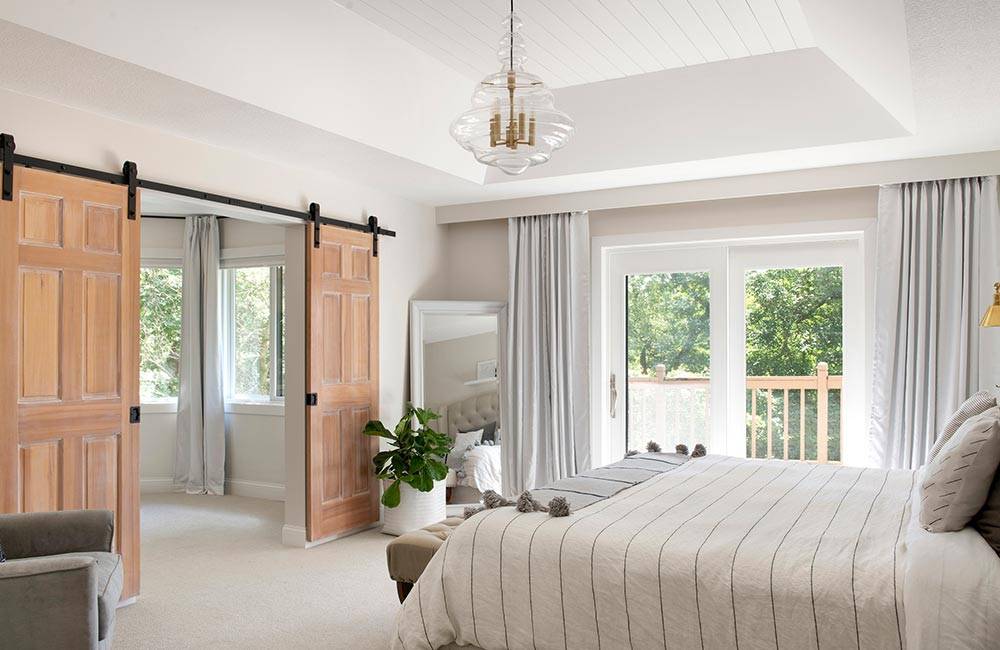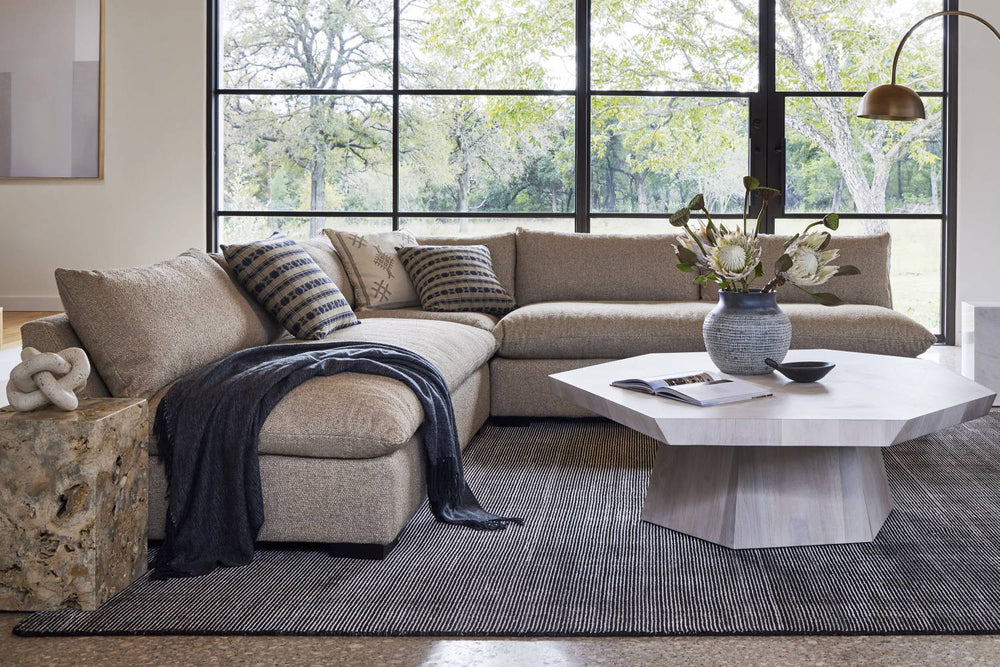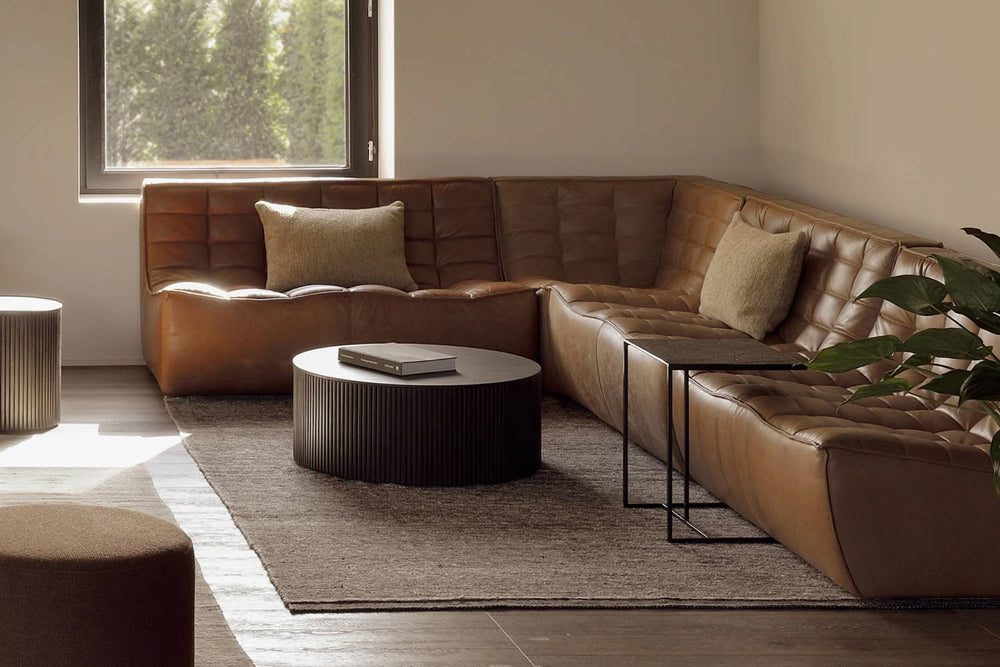The integration of a dining table into a living room is a versatile and contemporary design choice that not only maximizes space but also fosters a seamless and cohesive living experience. Gone are the days when dining tables were confined to formal dining rooms; now, they have become a stylish and functional addition to modern living spaces. This innovative approach to interior design blurs the lines between traditional room definitions, creating an open and inviting atmosphere. By placing a dining table in the living room, you can encourage a more social and interactive environment, perfect for entertaining guests or enjoying family meals. This integration not only optimizes the utility of your space but also allows for greater flexibility in how you use your home. From creating cozy dining nooks within the living room to selecting furniture pieces that complement both areas, discover how merging these spaces can enhance the overall aesthetics and functionality of your home.
Space and Placement Considerations for Dining Tables
When contemplating placing a dining table in a living room, several space and placement considerations come into play. Here are key factors to keep in mind:
Room Size and Layout:
- Assess the dimensions of your living room to determine how much space is available for a dining area without overcrowding the room
- Consider the overall layout of the space, taking into account existing furniture and traffic flow. Ensure there's enough clearance around the dining table for comfortable movement
Table Size and Shape:
- Choose a dining table size that fits well within the available space. Avoid tables that are too large, making the room feel cramped, or too small, leaving the area looking empty
- The shape of the table also matters. Round or oval tables can be a great space-saving option in smaller rooms, while rectangular tables often work well in larger living spaces
Furniture Arrangement:
- Experiment with different furniture arrangements to find the most functional and aesthetically pleasing layout. Consider placing the dining table near a wall, window, or corner to optimize space
- Use area rugs to define the dining area within the living room, creating a visual separation
Lighting:
- Pay attention to lighting, as it plays a crucial role in both the living and dining areas. Consider pendant lights or chandeliers above the dining table to create a focal point and define the space
- Ensure that the lighting complements the overall ambiance of the room and provides adequate illumination for dining activities
Multifunctionality:
- If space is limited, choose furniture that serves multiple purposes. For example, consider a dining table that can double as a workspace or a coffee table that can be easily converted into a dining table
Style Cohesion:
- Ensure that the dining table and chairs harmonize with the existing decor in the living room. Consistent design elements, color schemes, and materials contribute to a cohesive and unified look
Flexibility:
- Opt for furniture that allows for flexibility in seating arrangements. Stackable chairs or benches can be tucked away when not in use, providing more space in the living area
Traffic Flow:
- Take into account the natural flow of movement within the living room. Avoid placing the dining table in pathways or high-traffic areas to prevent disruptions during meals or gatherings
By thoughtfully considering these space and placement considerations, you can successfully integrate a dining table into your living room, creating a functional and aesthetically pleasing combined space for various activities.
Mixed Use Living Rooms
Integrating a dining table into a living room, creating a mixed-use living space, comes with several benefits that contribute to a more versatile and dynamic home environment. Here are some advantages:
Maximized Space Utilization:
- By combining the dining and living areas, you optimize the use of available space, especially in smaller homes or apartments where separate dining rooms may not be practical
Enhanced Social Interaction:
- A mixed-use living room fosters a more sociable atmosphere. Whether it's family dinners, casual gatherings, or entertaining guests, having a dining table in the living room encourages people to come together and interact
Adaptable and Flexible Design:
- The flexibility of a mixed-use living space allows you to easily adapt the room for different purposes. The dining table can serve as a workspace, a place for board games, or even a crafting area, making the room multifunctional
Ease of Entertaining:
- Hosting gatherings becomes more seamless when the dining area is integrated into the living space. Guests can move effortlessly between the seating and dining areas, creating a more inclusive and welcoming atmosphere
Improved Traffic Flow:
- Without the constraints of walls dividing spaces, the flow of movement within the living area becomes more fluid. This can contribute to a more open and inviting feel in the home
Versatile Furniture Choices:
- Furniture pieces can be chosen for their versatility. For example, a dining table with a stylish design can complement the overall decor of the living room, blurring the lines between the two areas
Space-Saving Solutions:
- In smaller homes, the integration of a dining table into the living room can be a space-saving solution, eliminating the need for a separate dining room and making the most of available square footage
In summary, mixed-use living rooms offer a contemporary and practical approach to interior design. The benefits include efficient space utilization, enhanced social interactions, adaptability, and a modern aesthetic that aligns with the evolving preferences of homeowners.
Creating Cohesion and Flow in your Living Room
Creating cohesion and flow in your living room involves thoughtful design choices that tie together various elements while ensuring a seamless transition from one area to another. Here are some tips to achieve cohesion and flow in your living space:
Color Palette:
- Choose a cohesive color palette for the entire living room. Use a mix of colors that complement each other, creating a harmonious and unified look. You can use different shades of the same color or a combination of complementary colors
Consistent Style:
- Stick to a consistent design style throughout the room. Whether it's modern, traditional, eclectic, or a blend of styles, maintaining a cohesive aesthetic creates a visually pleasing environment. This applies to furniture, decor, and accessories
Furniture Arrangement:
- Arrange furniture to create a natural flow. Consider the room's focal point, such as a fireplace or a large window, and arrange furniture around it. Ensure there's enough space for comfortable movement and that the arrangement encourages conversation
Rugs and Flooring:
- Use area rugs to define specific zones within the living room, such as a seating area and a dining area if applicable. Choose rugs that complement the color scheme and style of the room. Additionally, if you have different flooring materials, ensure a smooth and cohesive transition between them
Flow of Traffic:
- Consider the flow of traffic within the living room. Arrange furniture in a way that allows for easy movement between different areas. Avoid blocking pathways or creating obstacles that disrupt the natural flow
Balance Scale and Proportion:
- Maintain a balance in the scale and proportion of furniture and decor. Avoid overcrowding one area while leaving another sparse. Consistency in scale contributes to a more cohesive and visually appealing design
Use of Mirrors:
- Strategically place mirrors to enhance the sense of space and reflect light. Mirrors can create a feeling of openness and contribute to the overall flow of the room
Declutter and Organize:
- Keep the space organized and free of unnecessary clutter. Clutter can disrupt the flow and make the room feel chaotic. Utilize storage solutions to keep belongings neatly tucked away
By paying attention to these design elements, you can achieve a living room that feels cohesive, inviting, and flows seamlessly from one area to another.
Dining Table Designs & Aesthetics
Dining table designs and aesthetics vary widely, offering a diverse range of options to suit different preferences and interior styles. Here are some popular dining table designs and aesthetics:
Modern/Contemporary:
- Clean lines, simplicity, and functionality define modern dining tables
- Materials like glass, metal, and sleek woods such as teak or walnut are popular in contemporary designs
- Minimalistic shapes and often open bases contribute to a light and airy feel
Farmhouse/Rustic:
- Farmhouse dining tables often showcase a distressed or reclaimed wood look
- Chunky, sturdy legs and a natural, weathered finish are characteristic of rustic designs
- Farmhouse tables are often paired with simple, comfortable chairs or benches
Industrial:
- Industrial dining tables feature raw materials like metal and wood, often with a distressed or aged appearance
- Exposed hardware, sturdy construction, and utilitarian designs are common in industrial aesthetics
- Metal chairs or stools may complement the industrial theme
Mid-Century Modern:
- Mid-century modern dining tables showcase sleek lines and organic shapes
- Tapered legs, smooth surfaces, and a focus on functionality are hallmarks of this design style
- Eames-style chairs or other iconic mid-century pieces often accompany these tables
Glass:
- Glass dining tables create a light and open feel in a space
- Glass tops may be paired with various base materials, including metal, wood, or even acrylic
- Transparent or colored glass adds a touch of elegance to the dining area
Round Tables:
- Round dining tables are versatile and work well in both small and large spaces
- They promote a sense of intimacy and encourage conversation, making them ideal for social settings
- Round tables come in various styles, from traditional to contemporary
Pedestal Tables:
- Pedestal dining tables have a single central support instead of four legs
- This design allows for more flexibility in seating arrangements and offers a clean, uncluttered look
- Pedestal tables can fit various styles, from classic to modern
Marble/Stone:
- Marble or stone dining tables exude luxury and sophistication
- Heavy and durable, these tables often feature elegant patterns and unique veining
- They pair well with both traditional and modern chair designs
Remember that the ideal dining table design depends on your personal style, the overall aesthetic of your home, and practical considerations such as space and seating needs. Mixing and matching styles can also create a visually interesting and eclectic dining area. And to create the perfect ambiance, make sure you choose the perfect height to hang your chandelier or pendant light for a dazzling statement overhead.
The decision to place a dining table in your living room is a design choice that can bring about a harmonious blend of functionality and aesthetics. The integration of these two traditionally separate spaces allows for a more dynamic and adaptable living environment. By breaking free from the constraints of formal dining rooms, you not only maximize the use of your space but also create a setting that encourages social interaction and versatility. The living room becomes a central hub where meals, conversations, and shared moments seamlessly coexist. This innovative approach reflects the evolving nature of contemporary living, where boundaries between different areas of the home are blurred to cater to the diverse needs and lifestyles of modern dwellers. Experiment with furniture arrangements, lighting, and decor to find the perfect balance that suits your taste and enhances the overall ambiance of your home. Ultimately, the integration of a dining table into your living room offers a creative and practical solution, transforming your living space into a versatile and inviting haven for both relaxation and communal gatherings.








